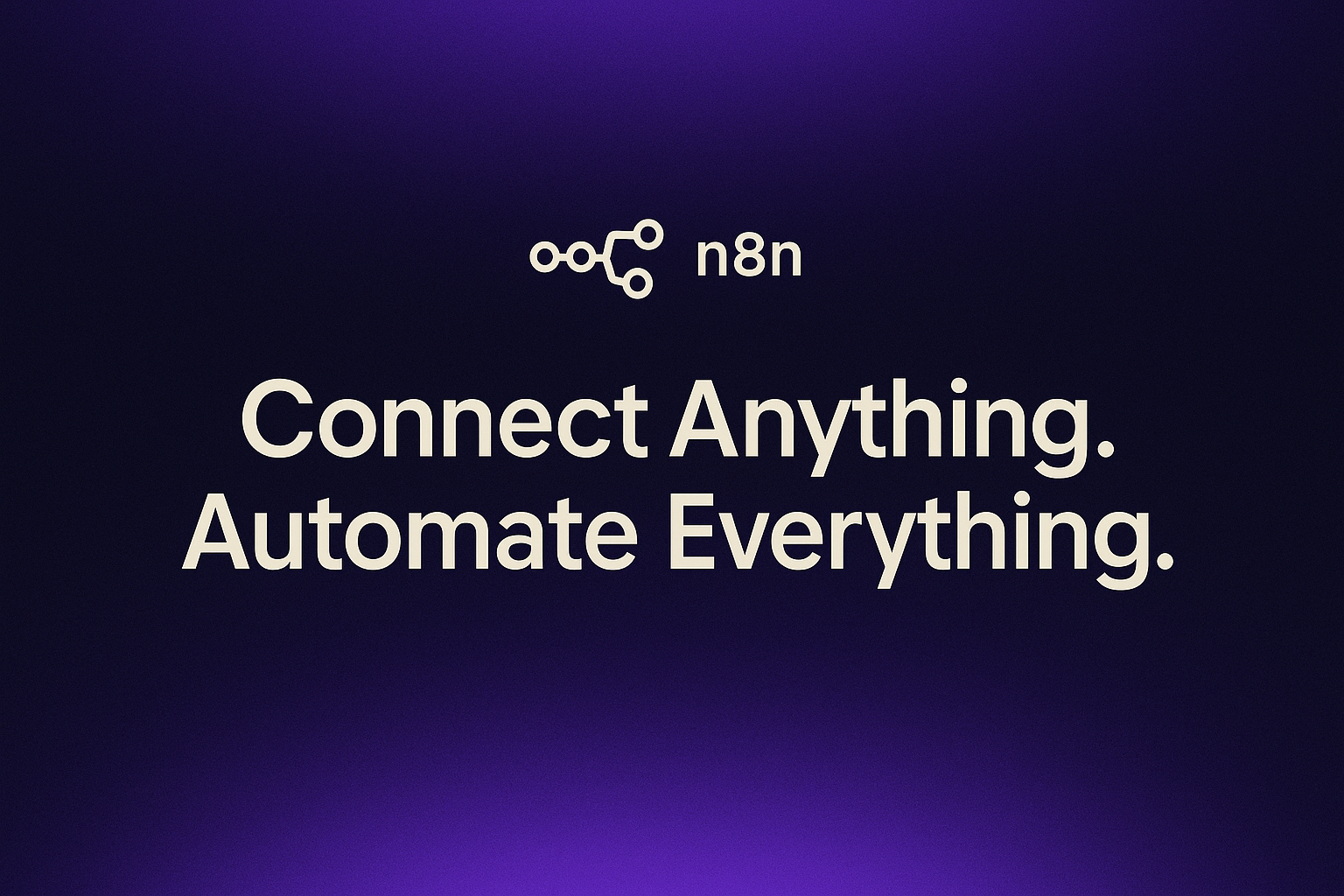The explosion of artificial intelligence (AI) workloads is forcing data centres across Singapore and Asia-Pacific to evolve faster than ever. According to McKinsey, AI-ready data centre capacity demand is growing 33% annually through 2030,outpacing nearly every other digital infrastructure segment.
Goldman Sachs projects that global data centre power consumption could rise 165% by 2030, with the majority of new demand coming from AI and high-density workloads.
As operators in Singapore face mounting energy constraints and rising costs, a new competitive edge is emerging: data centre cleaning and certification. Uptime alone no longer wins contracts,cleanroom-grade environments, maintenance governance, and certification evidence now define excellence.
Table of Contents
ToggleCleanrooms: The Silent Infrastructure of Reliability
One major insight from Tech Week Singapore 2025 was that contamination, not power, is the most underestimated risk in modern data centres. Invisible particulates can disrupt airflow, overheat racks, and degrade equipment efficiency.
To mitigate that risk, Singapore operators are adopting ISO 14644-1:2015 Class 8 cleanroom standards,which allow no more than 3.52 million particles ≥0.5 µm per cubic metre.
This certification doesn’t just protect the environment; it provides audit-ready proof of operational control. Certified cleanroom alignment helps data centres maintain cooling efficiency, extend asset lifespan, and protect warranty conditions.
According to Tech Week Singapore 2025, clients increasingly demand measurable evidence,from post-cleaning particle counts to cooling efficiency reports. Those who can show verifiable outcomes outperform competitors relying on promises.
Governance: When Procedures Become a Business Advantage
Operational discipline has become a form of brand value. Leading facilities in Singapore are standardizing procedures through SFG20, a globally recognized framework for preventive maintenance and facilities management.
SFG20-aligned governance ensures every action,from cooling checks to contamination control,follows documented, auditable standards. This is critical for Tier 3 and Tier 4 facilities where uptime, safety, and compliance are contractually binding.
The International Energy Agency (IEA) warns that AI-driven workloads could significantly strain grid capacity unless operators improve operational efficiency through airflow optimization, predictive maintenance, and cleaner environments.
In this sense, governance frameworks like SFG20 and ISO 14644-1 aren’t bureaucratic checkboxes,they are engineering standards that sustain uptime and reduce energy waste. 
People and Training: The Backbone of Uptime
Behind every certified data centre are highly trained specialists. The JLL Data Centre Outlook report notes that demand for skilled operations personnel in Singapore now exceeds supply, as regional capacity expands faster than the available workforce.
Operators are responding by investing in certifications like CDCP (Certified Data Centre Professional) and DCCS (Data Centre Cleaning Specialist) to ensure staff understand both live environments and contamination control.
In the context of data centre cleaning and certification in Singapore, people are not just maintenance workers,they are risk managers. A single untrained technician can cause downtime in environments where uptime is measured in seconds.
Data and Sensors: Turning Clean Data into Predictive Maintenance
Singapore’s next frontier is not just cleanliness but intelligence. Data centres are integrating IoT sensors and predictive dashboards to monitor airflow, particulate density, and temperature in real time.
When data from particle counters and maintenance logs feeds predictive models, it creates a feedback loop,enabling preventive actions before failures occur. This is the backbone of Singapore’s “Smart Data Centre” vision: merging ISO cleanroom data with AI-driven analytics.
As a result, data-driven contamination control is fast becoming a performance metric, not just a hygiene factor.
Sustainability: Clean Is the New Green
Sustainability targets are reinforcing this trend. Research published in MDPI’s Sustainability Journal confirms that particulate control and airflow optimization directly reduce HVAC energy consumption and increase asset lifespan.
In short, cleaner environments consume less energy. For Singapore,where data centres already account for over 7% of total national electricity use, according to the Infocomm Media Development Authority (IMDA),that’s a strategic advantage.
Cleanroom-aligned operations not only enhance uptime and safety,they align directly with Singapore’s Green Plan 2030, linking operational hygiene to sustainability metrics.
Proof Over Promise: The Market’s New Standard
In 2025, proof has become the new performance metric. Major clients now request documentation such as:
- Particle count validation post-cleaning,
- Energy signature reports before and after interventions,
- Maintenance records mapped to SFG20 standards,
- Auditable logs for SLA verification.
This growing emphasis on traceability and verification represents a cultural shift in data centre management,one that rewards transparency and measurable governance.
As Cushman & Wakefield reports, the APAC region added 2,300 MW of new capacity in H1 2025, bringing total operational capacity to 12.7 GW. But with capacity comes responsibility,and scrutiny.
Where Quape Fits Into This Landscape
Amid this transformation, Quape, a Singapore-based provider of VPS hosting, dedicated servers, and colocation services, embodies the spirit of disciplined data-centre management.
Operating within Singapore’s highly regulated infrastructure ecosystem, Quape maintains Tier 3-grade reliability, redundant power, and strict operational hygiene,aligning naturally with the principles of ISO 14644-1 and SFG20 governance.
While Quape’s core business lies in hosting and colocation, its approach reflects the market’s shift toward evidence-based uptime,where documentation, maintenance discipline, and data-driven control are essential parts of performance assurance.
As the region scales to meet AI-driven demand, Quape’s commitment to disciplined, clean, and governed environments makes it part of Singapore’s next generation of reliable data infrastructure providers.
Conclusion
The message from Singapore’s data-centre industry is unmistakable:
Uptime is expected. Evidence is exceptional.
From ISO 14644-1 cleanroom certification to SFG20-aligned governance, data centre cleaning and certification in Singapore have evolved from maintenance tasks into strategic differentiators.
And as new AI workloads raise operational stakes, those who build trust through transparency,proving their performance through data, audits, and certified control,will define the next decade of digital infrastructure reliability.



